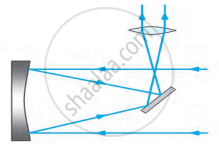A telescope is a device used to observe distant objects by detecting the electromagnetic radiation they emit, absorb, or reflect. Initially, telescopes were optical instruments that used lenses, curved mirrors, or a combination of both to observe faraway objects. Today, the term "telescope" refers to a wide range of varieties of instruments designed to detect different parts of the electromagnetic spectrum, and in some cases, other forms of signals or radiation.
Types of Telescopes:
- Optical telescopes: use visible light to form images and are common for stargazing.
- Radio telescopes: collect radio waves and convert them into signals to study phenomena invisible in visible light.
- X-ray and gamma-ray telescopes: detect high-energy radiation, often requiring space-based platforms to avoid atmospheric interference.

